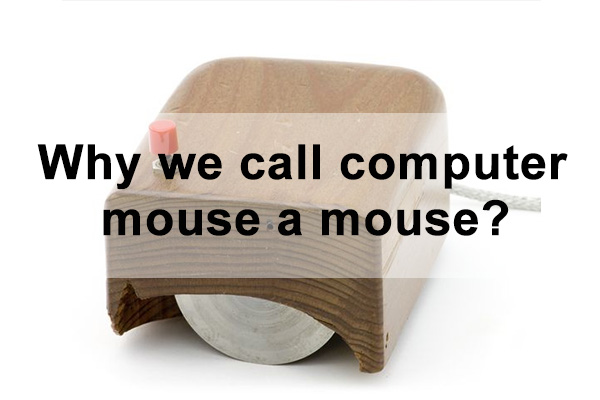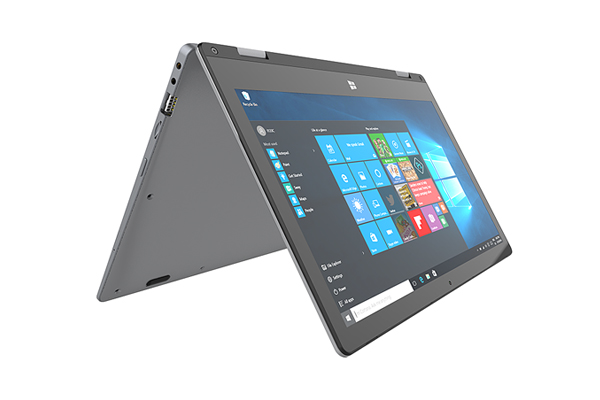- Have any questions?
- +86 19122692420
- info@aiwa-group.com

How to watch DVD on laptop?
July 1, 2022
How to split screen on windows 10/11 laptop?
December 27, 2022The computer mouse is an external input device of the computer, and is also an indicator of the vertical and horizontal coordinates of the computer display system. If you use your computer a lot, you can't even control your computer without a mouse. So Why we call computer mouse a mouse?
In 1964, Douglas Engelbart was working at Xerox PARC, and with the help of his friend Bill English, he invented the first mouse. This mouse uses a scroll wheel whose design was inspired by a mechanical area measuring device called a planometer invented in the 1800s. It uses wheels facing in opposite directions to track movement, 2 metal wheels mounted inside a wooden box, with a button on the top right corner of it and a cable at the end for transferring data.

In 1968, 3 years after Douglas Engelbart's first mouse invention, Douglas Engelbart gave a public demonstration explaining and demonstrating the mouse. At this time the mouse was more refined and had 3 buttons. "I don't know why we call it a mouse," Englebart said in his presentation.
In 1982, the first optical mouse appeared, which required a mouse pad for more precise ray tracing.
FAQ:
History of Computer Mouse Development
In 1961, Douglas Engelbart conceived the prototype mouse during a lecture.In 1964, Douglas Engelbart was working at Xerox PARC, and with the help of his friend Bill English, he invented the first mouse. This mouse uses a scroll wheel whose design was inspired by a mechanical area measuring device called a planometer invented in the 1800s. It uses wheels facing in opposite directions to track movement, 2 metal wheels mounted inside a wooden box, with a button on the top right corner of it and a cable at the end for transferring data.

In 1968, 3 years after Douglas Engelbart's first mouse invention, Douglas Engelbart gave a public demonstration explaining and demonstrating the mouse. At this time the mouse was more refined and had 3 buttons. "I don't know why we call it a mouse," Englebart said in his presentation.
In 1982, the first optical mouse appeared, which required a mouse pad for more precise ray tracing.
Why is a computer mouse called a mouse?
The name "mouse" was named by the Stanford Research Institute because the wires of the early mouse models protruded from the tail of the mouse, which is very similar to ordinary small rodents, so the mouse was named the mouse by the Stanford Research Institute.FAQ:
What was the computer mouse originally called?
When Douglas Engelbart invented the mouse in 1964 with the help of Bill English, the mouse was named "bug".What does computer mouse stand for?
Some people think that MOUSE is the abbreviation of Manually-Operated User-Selection Equipment, but in fact, the reason why the mouse is called a mouse is that the early mouse models are very similar to ordinary small rodents.Who came up with the name mouse?
The original mouse was so similar to a common small rodent that the Stanford Research Institute named it "mouse"Related posts
January 13, 2023





